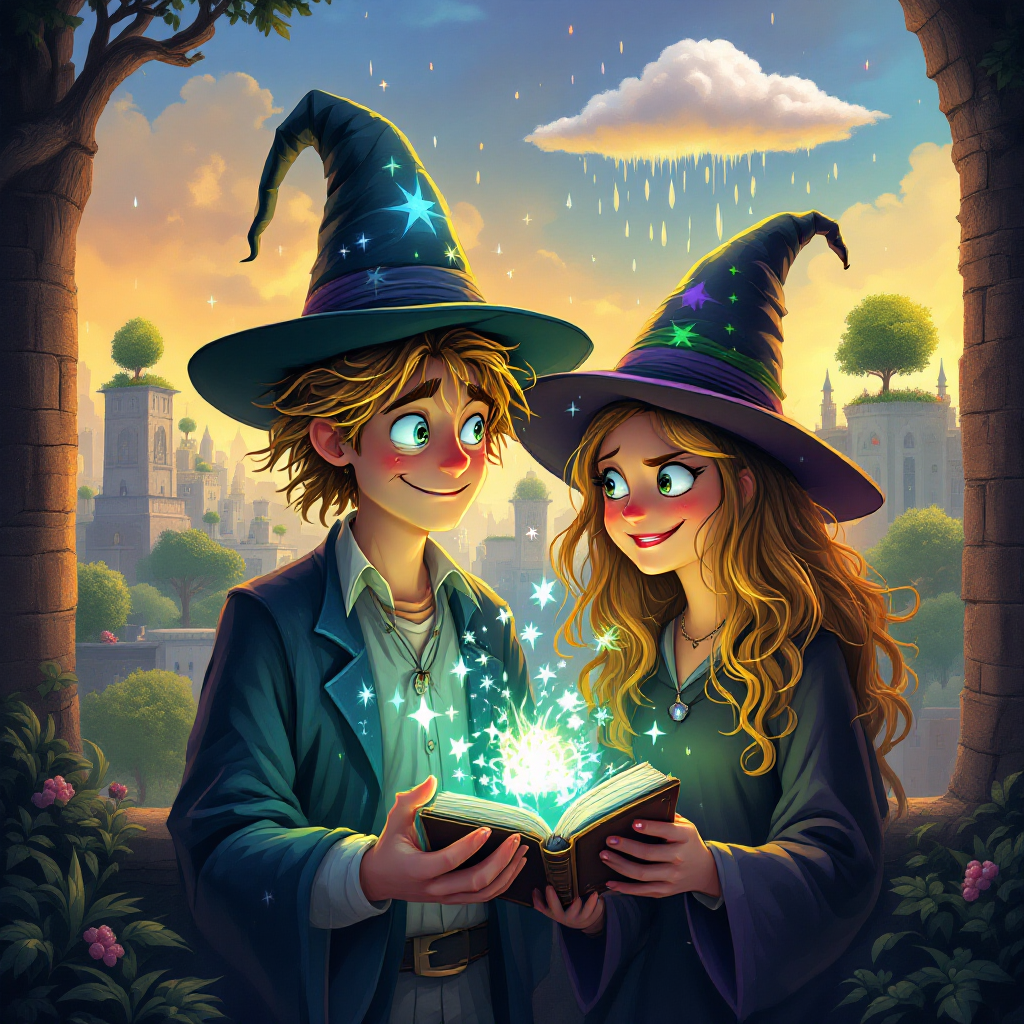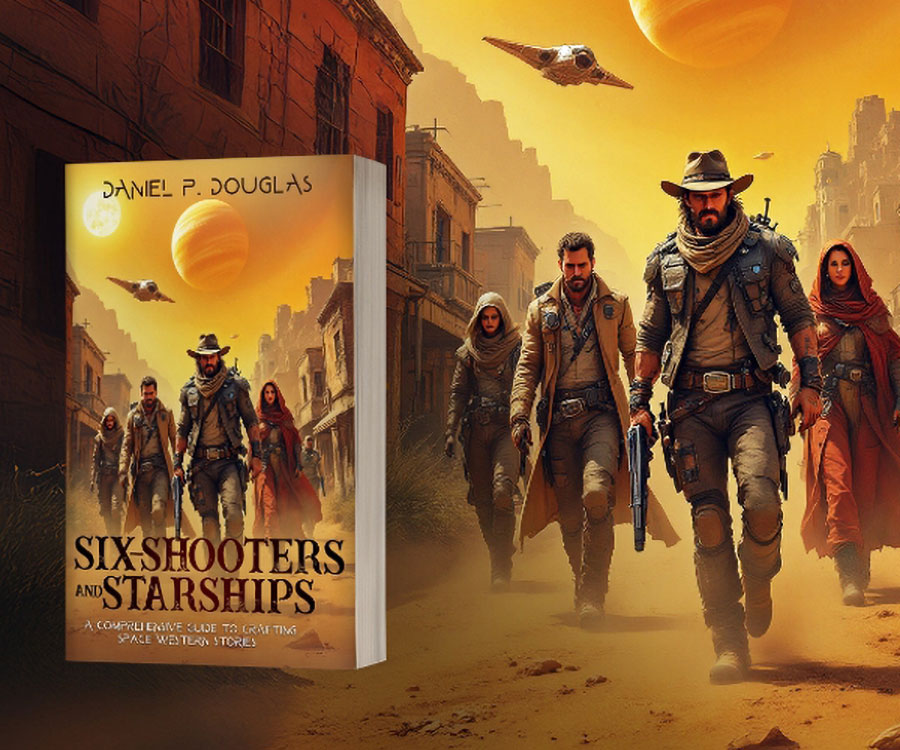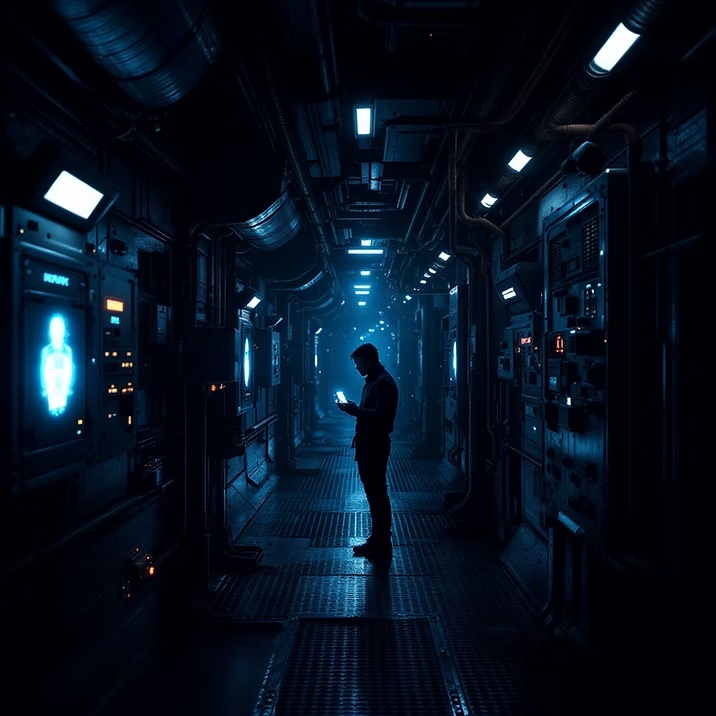Exploring how contrasting characters create tension, harmony, and meaning in narrative fiction
Dear fellow storytellers,
Have you ever struggled to create characters that feel truly alive on the page? Today, I’m pulling back the curtain on one of my favorite techniques for creating memorable fiction. This approach helped me craft my recent short story “We Make Magic” and has transformed how I think about character relationships. Whether you’re working on a novel, short story, or screenplay, understanding the power of opposing forces might be exactly what your narrative needs to reach its full potential. Let me show you how it works…
Introduction
As writers, we’re constantly seeking that perfect equilibrium in our stories—the delicate balance that keeps readers engaged while delivering emotional resonance. When I sat down to write my short story “We Make Magic,” I found myself drawn to one of storytelling’s most enduring techniques: the power of opposing forces.
 There’s something inherently compelling about characters who represent contrasting elements. Like the interplay between shadow and light in a masterful painting, opposing characters create depth, dimension, and ultimately, a more complete picture of the human experience.
There’s something inherently compelling about characters who represent contrasting elements. Like the interplay between shadow and light in a masterful painting, opposing characters create depth, dimension, and ultimately, a more complete picture of the human experience.
The Dance of Opposites
In “We Make Magic,” the two main characters embody fundamental opposing forces—Zerio, the Bringer of Late Frosts and Freezes, and Gladia, the Bringer of Early Spring. Their relationship explores how seemingly contradictory elements can not only coexist but actually enhance one another.
Zerio represents cold, endings, and rest—often viewed negatively by the mortals in the story. Gladia embodies warmth, beginnings, and growth—qualities typically celebrated. Yet their story reveals that neither is complete without the other. As Gladia tells Zerio: “Without you, I am nothing. Without you, they would not love me. Together, we make magic.”
This dynamic creates both conflict and resolution. Their opposition generates tension that drives the narrative forward, while their eventual cooperation provides a satisfying resolution that feels earned rather than forced.
Finding Your Own Balance
When crafting characters who represent opposing forces, I’ve found a few approaches particularly effective:
- Avoid simplistic good/evil binaries. The most compelling oppositions often exist in shades of gray. Zerio isn’t evil—he’s misunderstood and essential to the natural order. Showing the complexity in each side of your opposition creates richer storytelling.
- Reveal connection through contrast. When elements appear diametrically opposed, discovering their underlying connections creates powerful moments of revelation. These connections often form the emotional core of the story.
- Allow each side dignity. Even when characters represent conflicting forces, respecting the value in both positions creates more nuanced storytelling. Zerio’s frost has its own beauty and purpose, just as Gladia’s warmth does.
- Consider metaphorical oppositions. Physical contrasts (cold/warm, dark/light) can effectively represent deeper philosophical or emotional oppositions (isolation/connection, doubt/faith).
Beyond Character: Structural Balance
The principle of balance extends beyond character relationships to the very structure of storytelling. Consider how your narrative balances:
- Action and reflection
- External conflict and internal struggle
- Dialogue and description
- Tension and release
- Familiarity and novelty
In “We Make Magic,” the moments of meteorological spectacle are balanced with quieter exchanges that reveal character. The initial conflict gives way to cooperation, creating a satisfying emotional arc in a relatively short span.
Conclusion
Finding balance in storytelling isn’t about perfect symmetry. Rather, it’s about creating a dynamic tension that propels your narrative forward while allowing space for meaningful resolution. Like Zerio and Gladia, opposing elements in your stories can create something more powerful together than either could accomplish alone.
If you’re interested in seeing how these principles play out in practice, you can read my complete short story, “We Make Magic,” on Reedsy. I’d love to hear your thoughts on how opposing forces function in your own favorite stories or writing projects.





